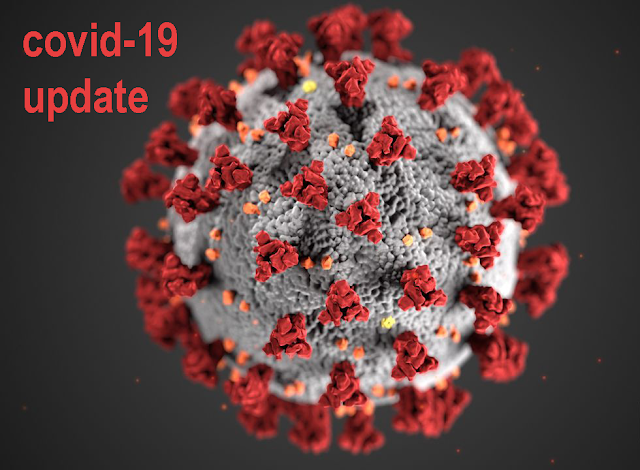Virus outbreak at state penitentiary stalls decline in number of new coronavirus cases in Kentucky; positive-test rate down again

Most measures of the pandemic in Kentucky kept declining Friday, though an outbreak at the state penitentiary helped drive the state’s seven-day average of new cases up for the second straight day.
Gov. Andy Beshear said in a press release, “The number of new cases, deaths and the positivity rate all continue to decline,” but that was true for cases only on a day-to-day basis, not the seven-day average, a better indicator of the trend of the pandemic.
The state reported 963 new cases, fewer than each of the previous two days. However, Friday’s report raised the seven-day average of new cases to 823, six higher than Thursday. The average had fallen to 796 on Friday. Friday’s new cases were 43 more than the 920 reported the previous Friday.
Lyon County, site of coronavirus outbreaks at two state prisons, continued to lead the nation in new cases per person over the last seven days, according to The New York Times. The Corrections Department report , which does not correspond exactly to the state’s overall daily report, showed 496 active cases among inmates and 44 among staff at the Kentucky State Penitentiary, and 23 and 70, respectively, at the Western Kentucky Correctional Complex.
In other pandemic news Friday:
- The state’s daily report showed 70 percent of Covid-19 patients in Kentucky hospitals’ intensive-care units were on ventilators, 10 percentage points higher than any such share since Kentucky Health News began tracking it in late September. Hospitals reported 520 Covid-19 patients, three fewer than Thursday; 125 were in intensive care (down 11) and 88 were ventilated (up 13).
- Alex Acquisto of the Lexington Herald-Leader tells the story of a 23-year-old Kentucky woman who had Covid-19 that led to brain fog, memory loss and not being able to sleep. Acquisto writes that while the exact number is not known, “Tens of thousands of people across the country, including some kids, are reportedly plagued with long-term side-effects once the active virus has left their system.” To meet this demand, Norton Healthcare and the University of Louisville have opened post-Covid clinics.
- Kaiser Health News reports on the challenges these Covid “long haulers” have in their battle for disability benefits.
- The University of Kentucky said it is planning to “return to levels of in-person instruction in similar numbers to that of fall 2019 in terms of course delivery and attendance.”
- All Jefferson County Public Schools will be provided with rapid-test kits for students or staff who arrive at school with symptoms of illness. The tests will be administered by nursing staff, Billy Kobin reports for the Louisville Courier Journal. The tests will be made available to any JCPS student, employee, parent or guardian who feels they may have been exposed to the virus. They will be make available starting Monday by appointment, with a limited number of walk-in or drive-up appointments. These test are most accurate on people who have symptoms.
- The Orlando Sentinel reports that Florida is reporting the most cases of variant strains of the virus in the U.S. as travelers flock to the state for spring break, according to Becker’s Hospital Review. Public-health officials have voiced concern that spring-break visitors may end up bringing more contagious variants back to their home states.
- A report released this month by the World Obesity Federation found that increased body weight is the No. 2 predictor of Covid-related hospitalization and death across the globe, trailing only old age as a risk factor. This problem is exacerbated in the South, which has nine of the nation’s 12 heaviest states, Kaiser Health News reports. Kentucky ranks fifth, tied with Tennessee, in the share of residents who are obese: 35.5%.
- Recent studies estimate that we use an astounding 129 billion face masks globally every month – 3 million a minute. Most are disposable masks made from plastic microfibers. Researchers from the University of Southern Denmark warn that without good guidance on recycling, masks could become the next “plastic problem.” If not disposed of for recycling, like other plastic wastes, disposable masks can end up in the environment, freshwater systems, and oceans, where weathering can generate a large number of micro-sized particles (smaller than 5 mm) during a relatively short period (weeks) and further fragment into nanoplastics (smaller than 1 micrometer).